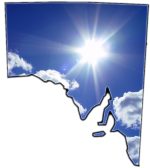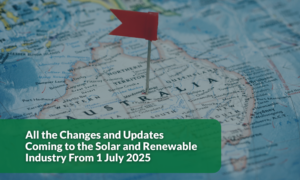The Essential Services Commission Of South Australia (ESCoSA) has released a Draft Price Determination for a minimum solar feed in tariff level.
The Commission’s draft determination has recommended setting the minimum retailer feed-in tariff at 7.6c/kWh. However, this figure is not set in stone at this point and ESCoSA is inviting submissions from all parties; with submissions due on or before Friday 1 November 2013. A Final Decision is expected in early December 2013.
ESCoSA recognises that its draft determination price is at the lower end of what it believes is “fair and reasonable” value to an electricity retailer; but it says it is just a starting point.
“Setting the value at 7.6c/kWh will provide a safety net for solar PV customers while at the same time encouraging electricity retailers to compete for those customers by offering higher voluntary feed-in payments,” says ESCoSA.
The Clean Energy Council’s Russell Marsh agreed that the minimum price would offer some protection.
“South Australians investing in solar power systems deserve to be paid a fair value for the clean energy they provide to the power grid,” Mr Marsh said.
“While ESCoSA’s recommended minimum price for solar doesn’t fully do this, the proposal by some electricity retailers to take away this minimum altogether had raised major concerns for consumer and industry groups. It could have been much worse.”
Increasingly in South Australia, the name of the game when it comes to going solar is self-consumption; with feed in tariffs becoming more of a bonus than a focus.
With mains-supplied electricity costs so high, shifting load usage patterns to take advantage of the sun and sizing a system to daytime consumption can provide a good return on investment and rapid payback. Installing a larger system provides the additional benefit of a buffer on night-time use and potential for using surplus electricity for future applications, such as charging electric vehicles or routing surplus electricity to home energy storage systems.
* This figure would not apply to solar households with their feed in tariff rate already locked in under previous incentive programs.












































